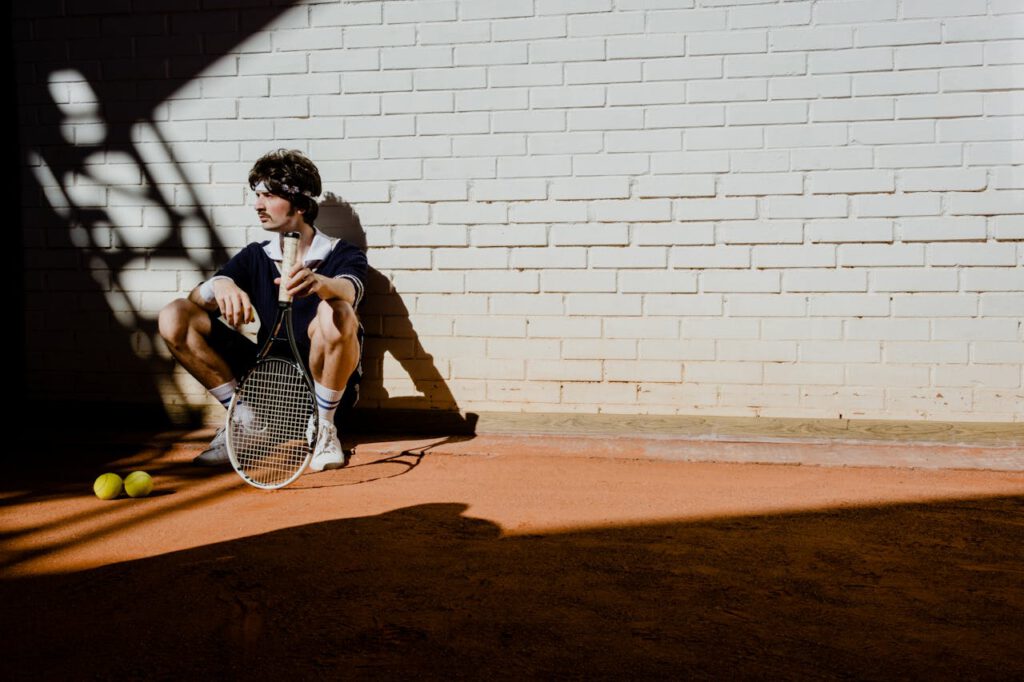One of the main elements that affects how a tennis match turns out is the court surface. Because of this, anybody who attempts to accurately forecast match scores including players, coaches, commentators, and enthusiasts needs to grasp the various surface types and their respective influences. This article will examine how different surface types impact predicting tennis scores.
Influence of Surface Types on Predicting Tennis Scores
These are the effects of various court surface types on tennis score prediction.
Predicting tennis scores for games on hard courts
The most neutral court surface is a hard court. These courts provide a balance between the bounce of clay and the speed of grass, which explains why. Players who excel on a hard surface court are expected to possess versatility, physical toughness, and consistency. It is simpler to forecast the results of team matches with accuracy by keeping an eye out for the players’ strengths in these areas.
Clay courts
The slow tempo and high bounce of clay courts lead to longer rallies and a stronger focus on stamina and strategic play. In order to play at their best on this kind of surface, players need to show that they have great baseline abilities, patience, and effective sliding.
High levels of stamina are required on clay courts, which benefits players who can sustain their game throughout protracted rallies and games. If a team’s lineup lacks certain skills, their performance suffers. Players who are skilled at baseline rallies also have superior spin generation and handling abilities.
Because of this, forecasters such as The Sports Prophets must evaluate whether the participants in any match they are predicting possess these attributes in alignment.
Carpet courts
Carpet courts are known for their low bounce and quick pace. On this surface, players who play aggressively, use powerful serves, and have fast reactions tend to perform well. Forecasters and analysts should take into account the players’ rapid movements, accuracy of shots, and serve and return while predicting tennis scores for a match played on carpet courts. Their performance is defined and influenced by these characteristics.
Predicting tennis scores for games on grass courts
Among all surfaces, grass courts have the fastest bounce, with a lower and more variable height. Only certain types of players—those with good serve-and-volley abilities, fast reflexes, and aggressive play—benefit most from this court surface. There are several characteristics that forecasters need to be aware of while predicting tennis scores based on the player lineup.
Among these are their net play, low-bounce adaptation, and serve efficacy. Players with strong and precise serves, adept volleying and rapid net approaches, and the ability to modify their shots for low bounces are the best on grass courts. Accurate match predictions are guaranteed by effectively evaluating the players’ strengths in these areas.
Conclusion
The effects of court surfaces on predicting tennis scores have been examined in this article. With this information, analysts and tennis enthusiasts may create more precise prediction models that account for how players’ performance is affected by different court surfaces.

 by Carl Bunton 1 year ago
by Carl Bunton 1 year ago 